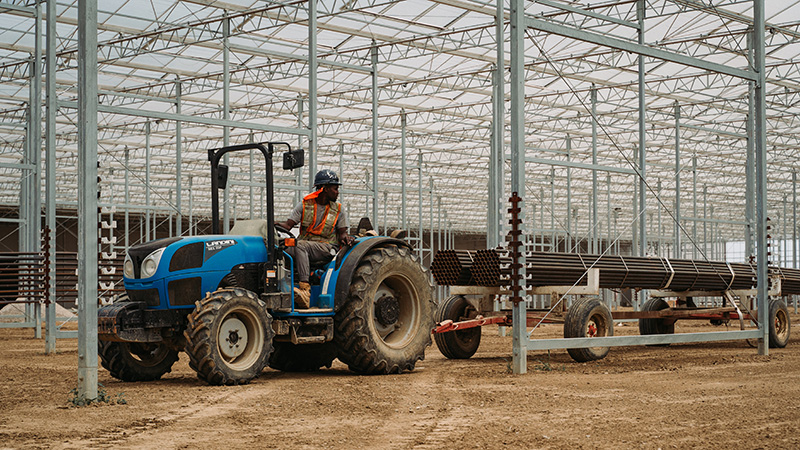D.S. Cole Growers’ Six Tips For Releasing Predatory Mites

Retrofitting a leaf blower to distribute predatory mites in your greenhouse is effective and saves labor.
D.S. Cole Growers has been having great success integrating a predatory mite release schedule with chemical controls. Here’s advice from D.S. Cole’s propagation grower Steven Courcy on releasing predatory mites.
1. Start releasing predatory mites early. By having a population of mites roaming the plants you can eliminate problems before they get out of control.
2. Do not try to use beneficials to eliminate an existing infestation. By the time the predatory mites have established on the crop, you will have passed the damage threshold. It is better to apply a compatible miticide like Floramite or horticultural oil and then begin releasing predators.
3. Beware of chemical residues. Certain pesticides can have a long residual effect after application. For example, the entire organophosphate mode of action can kill predatory mites for up to 12 weeks after application. There are excellent resources for determining the compatibility of chemicals with each mite species at the Biobest website and at the Koppert website.
If you buy liners or cuttings, it is important to know which chemicals have been used. Many propagators are still using a zero-tolerance policy. Biological control may fail depending on the plant’s history. Use californicus as a preventative, and if you detect mites, release persimilis on the hotspots.
4. Using biological control does not equal having a higher pest population than chemical controls.
5. Predatory mites are most effective when the leaves of the crop touch, creating bridges for mites to move from plant to plant.
6. To save time releasing mites, construct a blower.









